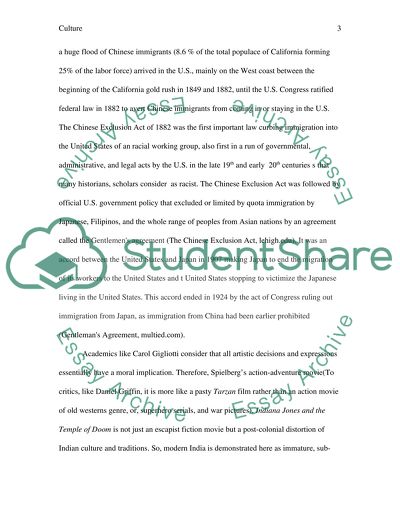Cite this document
(“Cultural Imperialism in the Film Indiana Jones and the Temple of Doom Essay”, n.d.)
Cultural Imperialism in the Film Indiana Jones and the Temple of Doom Essay. Retrieved from https://studentshare.org/visual-arts-film-studies/1522959-indiana-jones-and-the-temple-of-doom1984
Cultural Imperialism in the Film Indiana Jones and the Temple of Doom Essay. Retrieved from https://studentshare.org/visual-arts-film-studies/1522959-indiana-jones-and-the-temple-of-doom1984
(Cultural Imperialism in the Film Indiana Jones and the Temple of Doom Essay)
Cultural Imperialism in the Film Indiana Jones and the Temple of Doom Essay. https://studentshare.org/visual-arts-film-studies/1522959-indiana-jones-and-the-temple-of-doom1984.
Cultural Imperialism in the Film Indiana Jones and the Temple of Doom Essay. https://studentshare.org/visual-arts-film-studies/1522959-indiana-jones-and-the-temple-of-doom1984.
“Cultural Imperialism in the Film Indiana Jones and the Temple of Doom Essay”, n.d. https://studentshare.org/visual-arts-film-studies/1522959-indiana-jones-and-the-temple-of-doom1984.


